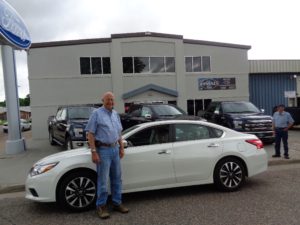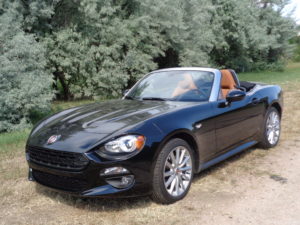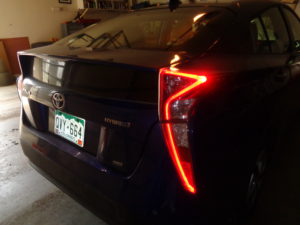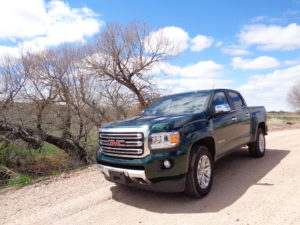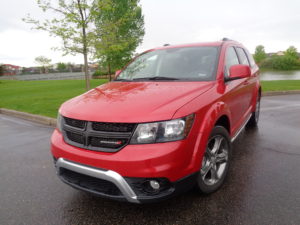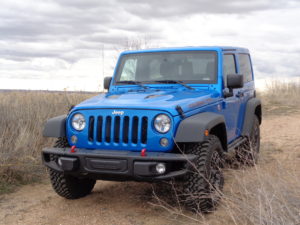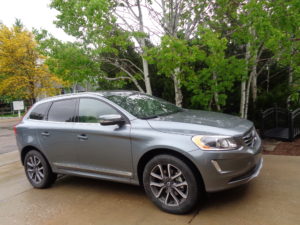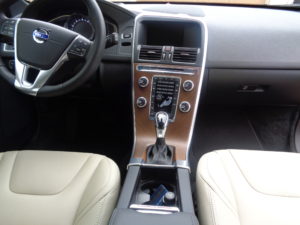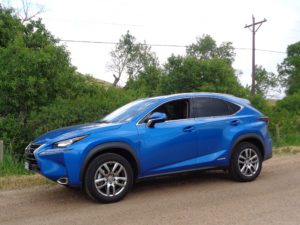
It’s a reflection of continued low fuel prices, spurring sales of pickups and SUVs, say proponents of gas/electric hybrids, plug-in hybrids and fully battery electric vehicles, which dropped 8 percent in sales during the first six months of 2016.
Overall sales of cars, SUV/crossovers and light-duty pickups through the end of June totaled 8.6 million, an increase of 1.3 percent.
Total sales of gas/electric hybrids have taken a sharp drop during the first six months of this year, falling to 161,334 sales from 190,970 at the same time a year ago, a decline of 15.5 percent.
Plug-in hybrid sales, led by Chevrolet Volt and Ford Fusion Energi, jumped to 29,920 sales through the end of June, an increase of 61.7 percent over the same period a year ago. The introduction of four new plug-ins – BMW X5, Audi A3, Hyundai Sonata and Volvo XC90 – helped the jump in percentage.
Sales of battery electric vehicles slipped slightly for the six months, from 35,435 a year ago to 34,245 this year, affected by a severe decline in sales of the Nissan Leaf. The Tesla S declined this year to 11,700 sales from 11,900 a year ago, though dominated the category when adding the 6,900 sales of its new Model X. All Tesla figures are only estimates provided by the company.
Of the approximately 40 gas/electric hybrids on the market, only three showed gains through June – the Lexus 450h from 3,185 to 4,730, Toyota Highlander hybrid from 1,758 to 2,706, the Lexus NX hybrid from 1,215 to 1,366. The Toyota Prius Liftback, which has led hybrid sales for 15 years, showed a drop of 10.5 percent, and a newly arrived hybrid entry, the Toyota RAV4, has moved into second place in sales.
The 2016 Lexus NX300h, in its second year of production, was in my hands earlier this month. The sharp-looking NX is styled similarly to the bigger RX, with a somewhat smaller grille jutting out front of a sloping hood. The NX is 5 inches shorter than RX in wheelbase, 10 inches shy in overall length and 600 pounds lighter.
The NX300h is powered by a 2.5-liter V-6 engine, electric motor and nickel-metal hydride battery pack; a $1,590 addition for all-wheel drive ties a second electric motor to the rear axle. The engine/electric motors work with a continuously variable transmission. Acceleration is relatively slow off the line.
The NX, with an EPA estimate of 33/30 miles per gallon, averaged 32.4. It rides on Yokohama Geolandar 225/60R18 tires.
The elegantly finished Lexus interior is comfortable, with heated and cooled front seats, a heated leather-covered steering wheel, dual-zone climate control with rear vents and a power moonroof.
Pushing the crossover’s sticker price to $47,818 were premium sound system and navigation, blind-spot monitor and rear cross-traffic alert, power liftgate and push-button start. Base price for the NX300h is $41,310.
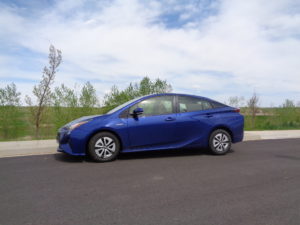
The top 25 hybrid sellers thus far this year are Toyota Prius Liftback with 48,475; Toyota RAV4 with 19,251; Toyota Prius C 11,573; Ford Fusion 11,487; Toyota Camry 10,280; Hyundai Sonata 9,979; Toyota Prius V 7,315; Ford C-Max 7,043; Lexus RX450h 4,730; Lexus CT200h 4,515; Lexus ES 4,230; Toyota Avalon 3,943; Lincoln MKZ 3,868; Kia Optima 2,827; Toyota Highlander 2,706; Subaru XV Crosstrek 1,688; Lexus NX 1,366; Honda CR-Z 1,205; Infiniti Q50 1,048; Honda Civic 707; Infiniti QX60 690; Chevrolet Malibu 620; Buick LaCrosse 505; Nissan Pathfinder 397 and Volkswagen Jetta 269.
Eleven of the top 17 on the preceding list are Toyota/Lexus products.
The top 10 sellers of plug-in hybrids for the past six months are Chevrolet Volt with 9,808; Ford Fusion Energi 7,235; Ford C-Max Energi 3,225; BMW X5 plug-in 2,577; Audi A3 plug-in 1,942; Hyundai Sonata plug-in 1,350; Porsche Cayenne S E-Hybrid 1,166; Volvo XC90 plug-in 1,006; BMW i8 620 and Cadillac ELR 496.
Sales of the Volt for the six months increased by 74.5 percent, from 5,622 to 9,808, while the Fusion Energi gained 68.6 percent, from 4,290 to 7,235.
The top 10 sellers of battery electric vehicles through June are Tesla Model S 11,700; Tesla Model X 6,900; Nissan Leaf 5,793; BMW i3 2,880; Fiat 500e 1,983; Chevrolet Spark 1,779; Volkswagen e-Golf 1,455; Kia Soul EV 613; Ford Focus EV 446 and Smart for Two EV 366.
“Tesla sales are behind the automaker’s goals and they will have to increase significantly in the second half to meet stated expectations,” according to Jeff Cobb of hybridCARS.
Dominating sales of light-duty diesel vehicles through the first six months of the year are the Ford Transit Van with 27,468 and the Ram 1500 EcoDiesel pickup with 25,298 sales. Chevrolet Colorado has sold 3,202; Jeep Grand Cherokee 2,014; Range Rover Sport 1,668; GMC Canyon 1,419; Range Rover 1,346 and BMW X5 1,255.
Light-duty diesel sales were once dominated by Volkswagen products; that ended almost a year ago with the emissions cheating scandal involving VW. Though a partial settlement in the case has been announced, there is no indication when VW will be able to sell new diesel-powered vehicles.

